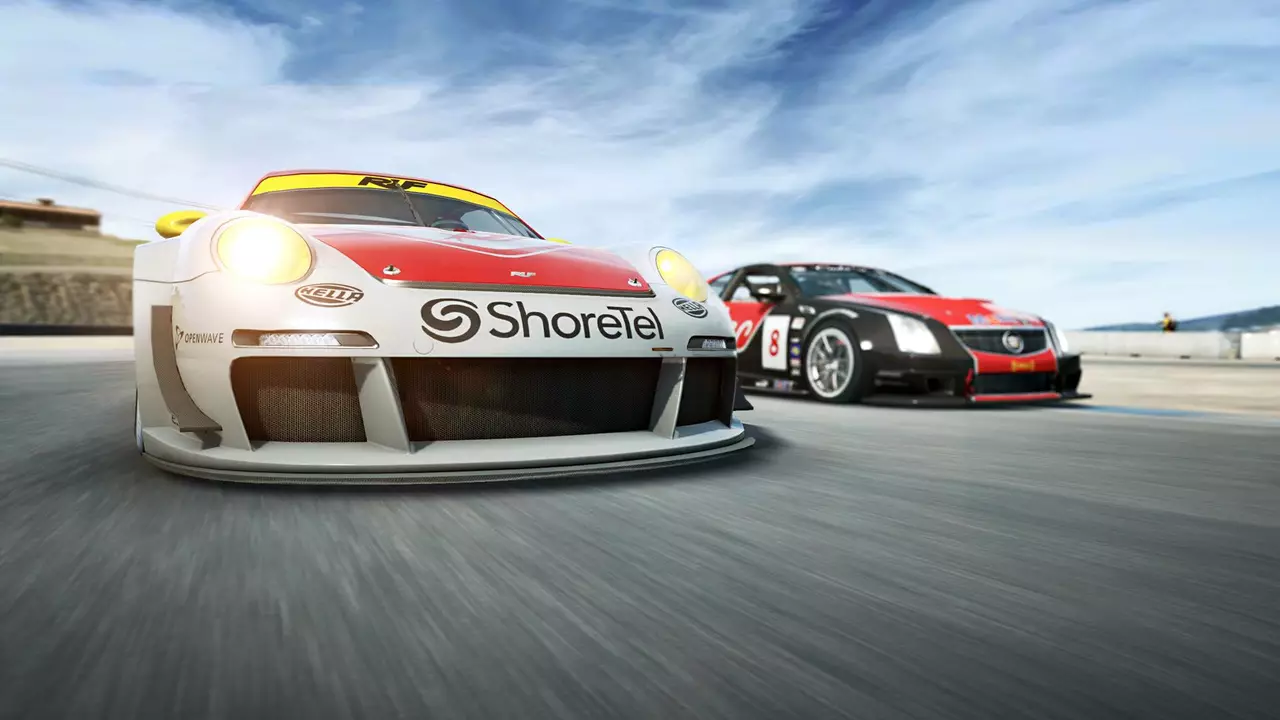Motorsport Speed – What Makes It So Fast?
When you hear the word "speed" you picture a car or bike ripping around a track at the limit of human engineering. In motorsport that feeling is real – engines roar, tires squeal, and drivers fight for every thousandth of a second. Whether you’re watching Formula 1, MotoGP, or a local road‑race, the rush comes from the same basic ingredients: power, aerodynamics, and a track that lets you unleash it.
Speed in Different Motorsports
Formula 1 is often called the pinnacle of speed because a single lap can average over 200 mph. The sleek chassis, hybrid power units, and massive downforce keep the cars glued to the asphalt, letting drivers take corners faster than a commercial jet takes off. MotoGP, on the other hand, trades four wheels for two. The bikes are lighter and lean into bends, so while top‑end speed is lower, the feeling of control is just as intense. That’s why a lot of fans compare F1 to a red‑carpet event and MotoGP to an indie band – both have massive followings, but the vibe is different.
Other series, like touring‑car championships or superbike races, sit somewhere in the middle. They use production‑based machines, so the raw power isn’t as high, but the close‑quarter racing makes the speed feel personal. Even rallying, where cars sprint through gravel and snow, showcases speed in a completely different setting – it’s less about outright top speed and more about how quickly a driver can adapt to changing surfaces.
Staying Safe at High Velocity
Speed is exciting, but it’s also dangerous. Racing car driving consistently ranks as one of the riskier careers, mainly because a mistake at 200 mph can end in a catastrophic crash. That’s why modern motorsports invest heavily in safety tech: carbon‑fiber monocoques protect drivers, energy‑absorbing barriers reduce impact forces, and the HANS device stops neck injuries. In MotoGP, riders wear air‑bag suits that inflate in a crash, giving a little extra cushion when they hit the ground at high speed.
Airports and other non‑racing environments also deal with speed‑related challenges. For example, when Super Typhoon Ragasa battered Hong Kong, the airport kept 600 flights on schedule by improving drainage and securing airbridges – a reminder that managing high‑speed operations isn’t limited to the race track.
Fans often wonder why F1 is more popular than MotoGP. Part of it is the glamour factor – F1 attracts celebrities, massive sponsorships, and TV deals that make the sport more visible worldwide. But many fans also love the raw, gritty feel of MotoGP, where the sound of a two‑stroke engine and the sight of a rider leaning 45 degrees into a corner feel pure and unapologetic.
Bottom line: motorsport speed isn’t just about how fast a vehicle can go. It’s about the engineering that makes that speed possible, the skill that controls it, and the safety measures that keep everyone alive. Next time you watch a race, pay attention to how the car or bike handles those high‑speed corners – that’s where the magic really happens.
